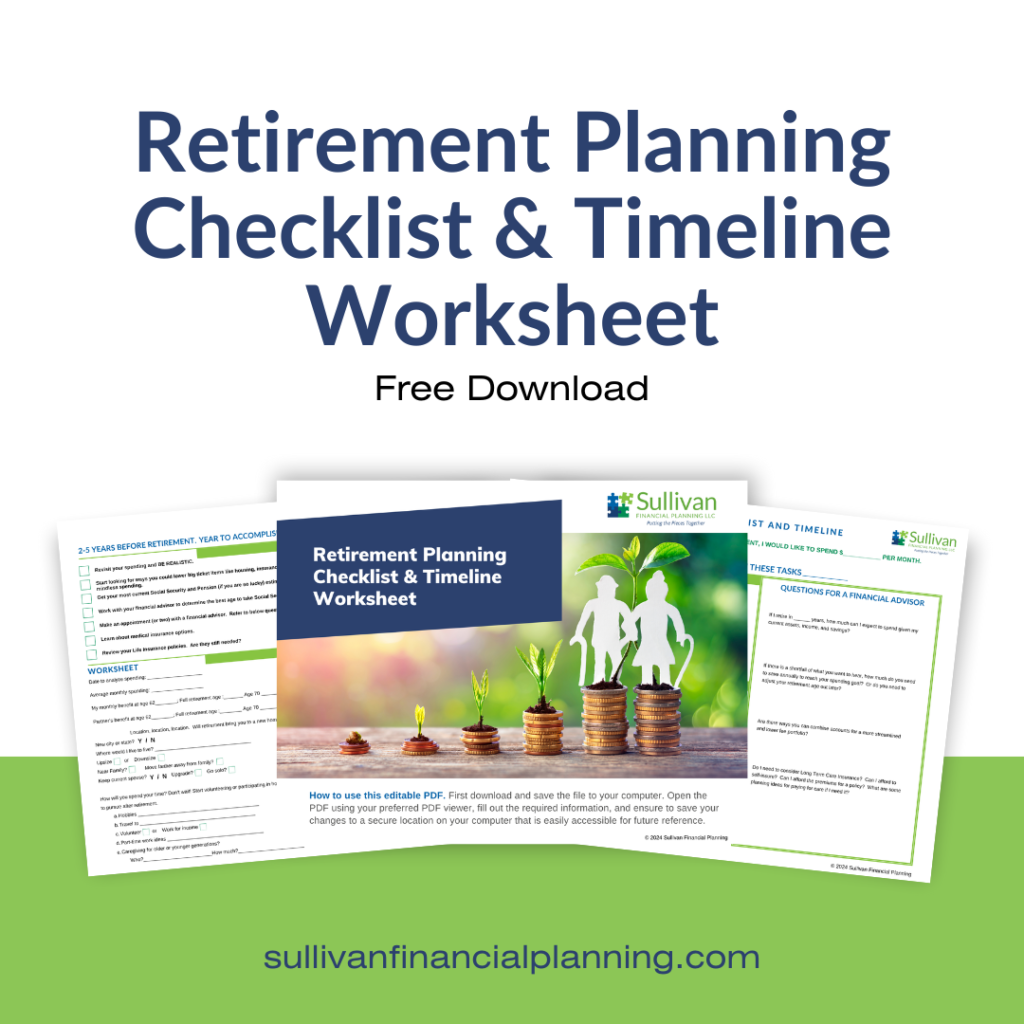I am a fan of (at least considering using) reverse mortgages. Although there is some controversy from the old days where the product lacked current consumer protection, the new world of reverse mortgage is worth looking at.
Nationwide data indicates that home equity can account for 50% or more of total net worth for many households approaching or in retirement, especially for those whose other assets (such as retirement accounts) are more modest.
This means that if you aren’t at least thinking about how to use home equity will still living in your home, you could be leaving a huge asset untapped. This money could help with long-term care expenses, lower your account withdrawals during market downturns, and even help with unexpected expenses. Like home repairs!
The purpose of this blog is not to explain how reverse mortgage works. More of an update on some new provisions put in place to make using home equity safer and easier for those aged 62 and over.
Here’s what’s new:
- Higher Lending Limit: Beginning January 1, 2025, the maximum claim amount for HECMs is $1,209,750—an increase of nearly $60,000 from 2024.
- Easier Repayment Plans: Borrowers who fall behind on property taxes, homeowners insurance, or other property-related expenses now have expanded options for arranging repayment plans instead of facing immediate foreclosure.
- At-Risk Extensions for the Elderly: Homeowners who are over 80 and facing significant health challenges can qualify for an “at-risk” extension, allowing them to postpone foreclosure for as long as they occupy the home. Renewals for these extensions are no longer required annually, providing more security and peace of mind.
- Flexible Management of Small Arrears: If a borrower owes less than $5,000 in property charges, servicers can help them get current without calling the loan due, providing added reprieve to avoid foreclosure for smaller shortfalls.
Some things that haven’t changed:
- The borrower must be at least 62 years old and use the home as a primary residence.
- Adequate home equity (usually at least 50%) is required.
- A financial assessment ensures the borrower can stay current with property taxes, insurance, and maintenance.
- Counseling from a HUD-approved agency remains mandatory before closing.
Ask your financial advisor to model using home equity in your retirement plan and for a referral to a trusted reverse mortgage broker.



